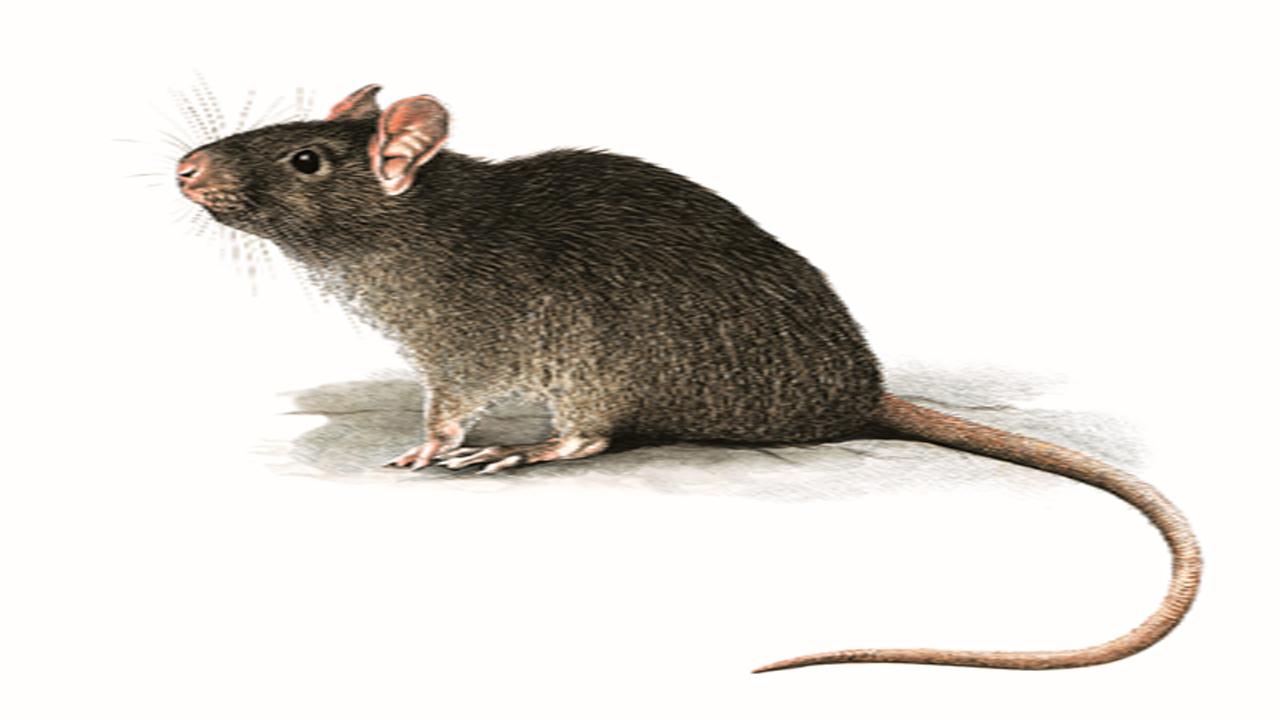What is Weil’s Disease?
Weil’s disease is a severe form of a bacterial infection known as leptospirosis. Leptospirosis is caused by bacteria from the genus Leptospira. The infection typically only causes mild flu-like symptoms, including headaches and chills. In severe cases, such as in Weil’s disease, it can lead to organ failure and bleeding.
Leptospirosis is spread to humans by contact with soil or water contaminated with the urine of certain wild animals, including cattle, pigs, dogs, and rats. The condition is rare, but people who regularly come in contact with animals, like farmers and veterinarians, are at a higher risk of infection. The disease is treated with a course of antibiotics. People with Weil’s disease may need to be admitted to a hospital for extra care while their underlying infection is treated with antibiotics
Why are Electricians at danger and what can be done to eliminate risk?
Being an electrician there is a potential risk of coming into contact with various different environments. Working within lofts or basements where animal droppings may be present, or in gardens where there may be animal urine.
It is important to wear gloves when working in these environments to protect yourself against the possible contamination and to ensure hands are washed before coming into contact with your mouth, activities such as eating.
What are the symptoms of Weil’s Disease?
Symptoms usually appear five to 14 days after infection, but may occur anywhere from two to 30 days after infection .
According to the UK’s National Health Services (NHS), about 90 percent of leptospirosis infections cause only mild symptoms, including:
- Fever
- Chills
- Muscle aches
- Headaches
- Nausea and vomiting
- Cough
- Loss of appetite
Severe infections, which are referred to as Weil’s disease, only occur in about 10 percent of cases. The symptoms typically occur one to three days after the mild symptoms pass, and depend on which organ(s) becomes infected:
People with Weil’s Disease often become hospitalized. Once in the hospital, antibiotics given intravenously are used to treat the infection. The preferred antibiotics are penicillin or doxycycline.
Additional treatments depend on which organs are also infected. A ventilator may be used to assist with breathing. Dialysis may be required if your kidneys are not functioning properly.
Find out more about Weil’s disease here
We here at Powercor carry out regular tool box talks about Weil’s Disease to educate everyone about the importance of hygiene and washing their hands before eating.
We here at Powercor carry out regular tool box talks about Weil’s Disease to educate everyone about the importance of hygiene and washing their hands before eating.







